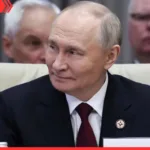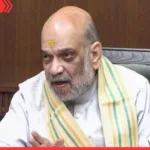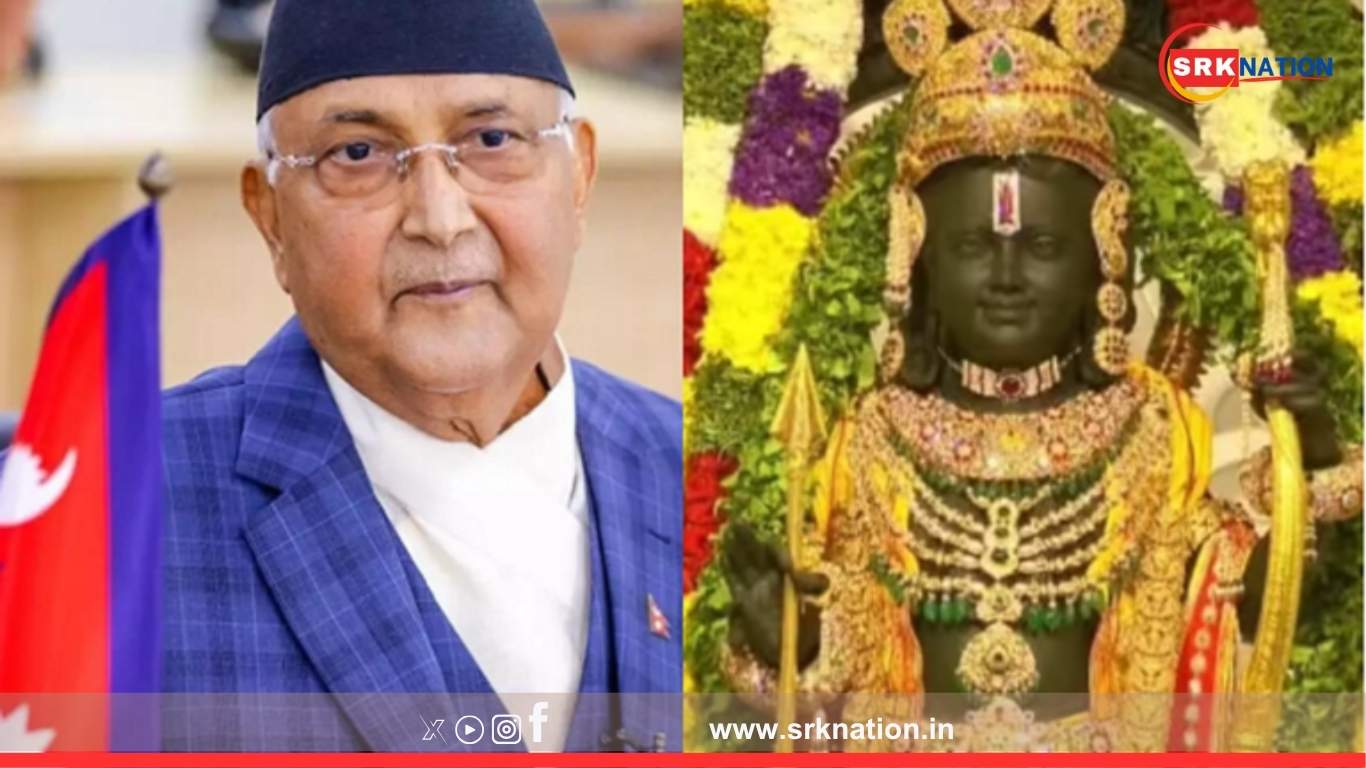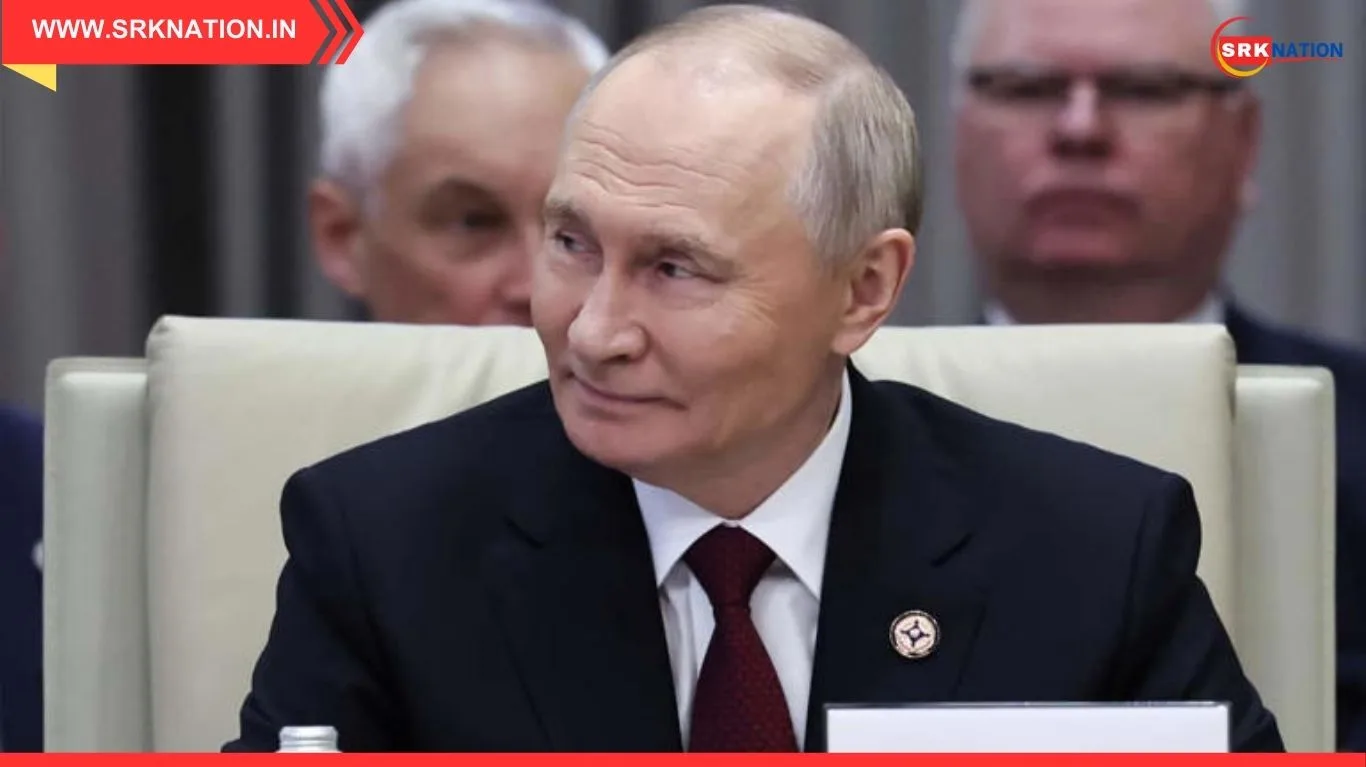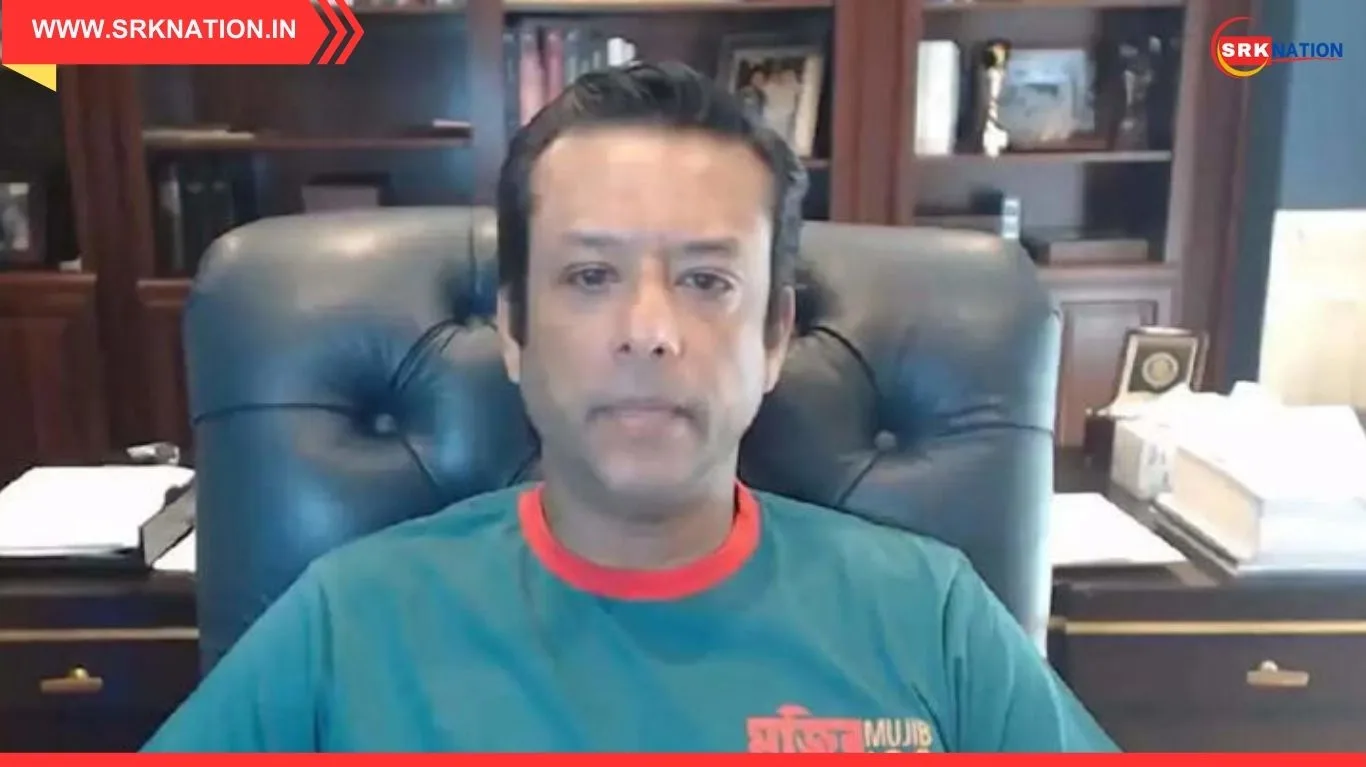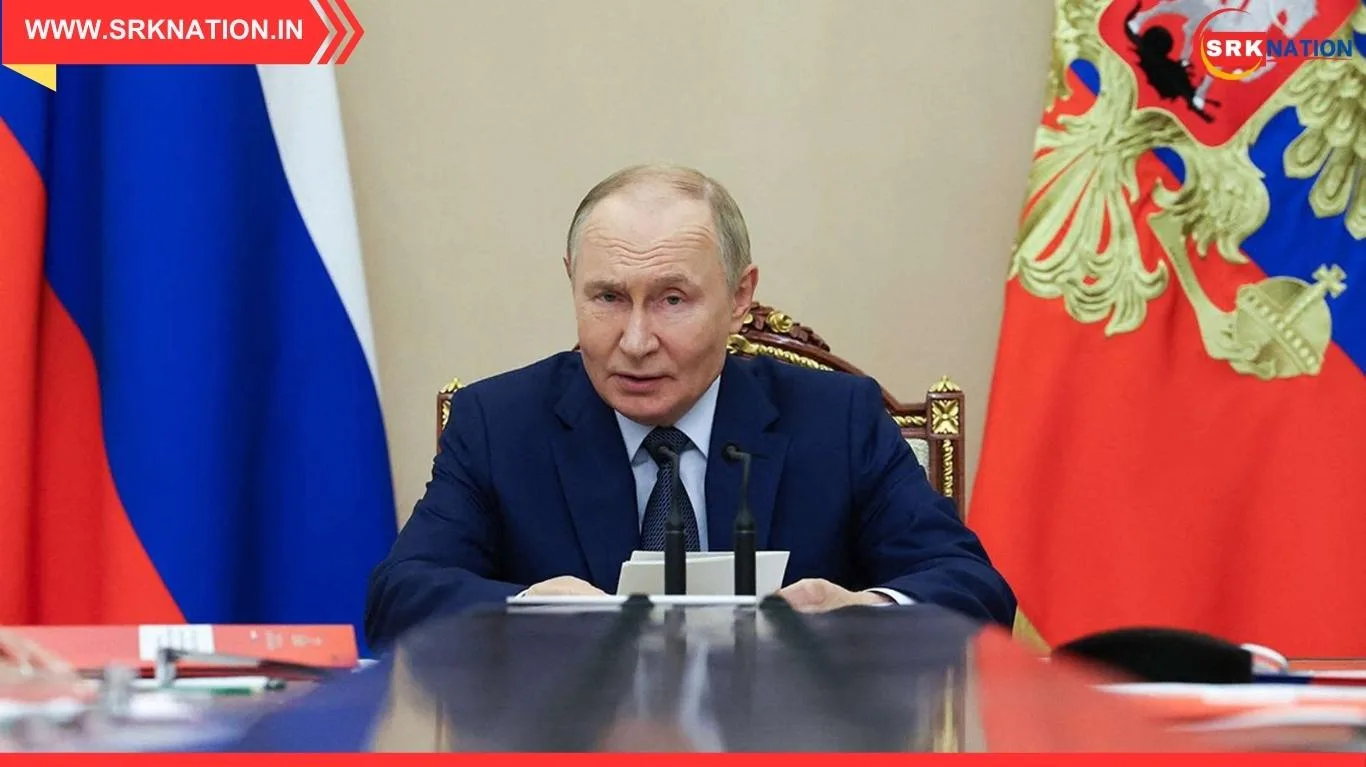In a controversial statement that has reignited cultural and geopolitical debates between Nepal and India, Prime Minister KP Sharma Oli claimed that Hindu deities and sages including Lord Ram, Shiva, Vishwamitra, and Valmiki were originally from Nepal and not India. His remarks have sparked outrage among Indian political leaders, religious organisations, and social media users, with many accusing Oli of distorting historical and spiritual facts for domestic political mileage.
What did PM Oli say?
Speaking at a public event in Kathmandu to mark a cultural festival, Oli stated:
“Lord Ram was born in Nepal, not in India. The Ayodhya mentioned in Ramayana is in Nepal’s territory. Similarly, Shiva, Vishwamitra, and Valmiki were also Nepali. Our ancient history and cultural contributions have been overshadowed by Indian narratives.”
He added that Nepal must reclaim its historical and spiritual heritage to build national pride and assert its identity before the world.
| Key Claims By PM Oli | Remarks |
|---|---|
| Lord Ram’s birthplace | Ayodhya is in Nepal, not Uttar Pradesh |
| Shiva’s origin | Shiva’s main abode is in Nepal’s Himalayas, including Mount Kailash and Pashupatinath |
| Sage Vishwamitra | Belonged to the Nepali plains |
| Sage Valmiki | Born in Nepal and composed Ramayana from Nepalese lands |
This is not the first time Oli has made such assertions. In 2020, he claimed that “India created a fake Ayodhya to undermine Nepal’s heritage.”
Political context behind Oli’s statement
Analysts believe PM Oli’s remarks are part of his domestic political strategy to boost nationalist sentiments amid rising criticism over economic slowdown, border disputes with China, and constitutional amendments opposed by Madhesi and Tharu groups.
His claims also come ahead of crucial parliamentary votes, where Oli’s communist alliance is facing dissent within its ranks. By invoking Hindu mythology with a Nepal-centric interpretation, he aims to:
- Consolidate nationalist voters who believe India undermines Nepal’s identity.
- Deflect attention from governance challenges and economic issues.
- Assert Nepal’s cultural diplomacy, projecting the country as the true origin of major South Asian spiritual traditions.
Indian reactions
Political leaders across party lines condemned Oli’s statement. BJP MP Subramanian Swamy said:
“PM Oli’s repeated attempts to appropriate India’s spiritual heritage are laughable and ignorant. Ram, Shiva, and sages like Valmiki belong to Sanatan Dharma, which transcends national boundaries, but historical Ayodhya is in India.”
Congress leader Shashi Tharoor tweeted:
“Religious heritage should unite us, not divide us through petty political assertions. Ram belongs to all of humanity.”
Hindu religious organisations, including Vishwa Hindu Parishad (VHP) and Akhil Bharatiya Sant Samiti, have demanded a formal diplomatic protest against what they termed as “a motivated distortion of sacred history.”
Scholars weigh in
Historians and Sanskrit scholars argue that:
- The Valmiki Ramayana describes Ayodhya on the banks of the Sarayu river in present-day Uttar Pradesh, with no textual mention of Nepal as Ram’s birthplace.
- Shiva, in Hindu cosmology, is believed to reside at Mount Kailash, currently in Tibet under Chinese administration, while Pashupatinath in Kathmandu is a major Shaivite site but not his birthplace.
- Vishwamitra’s lineage is traced to Kanyakubja (Kannauj region) in India’s traditional Puranic geography.
However, some Nepali historians claim ancient Mithila kingdom spanned parts of southern Nepal and northern Bihar, making it a shared cultural heritage zone.
Recent pattern of cultural assertion
| Year | Controversial Claim By Oli | Context/Impact |
|---|---|---|
| 2020 | Ayodhya lies in Nepal | During Indo-Nepal border tensions over Lipulekh-Kalapani |
| 2021 | Buddha was Nepali, India distorts his birthplace | To counter India’s promotion of Buddhist circuits |
| 2023 | Sita’s birthplace Janakpur ignored by India | Pushed for Janakpur as global pilgrimage hub |
| 2025 | Ram, Shiva, Vishwamitra, Valmiki were Nepali | Amid domestic political instability |
Broader geopolitical undercurrents
Oli’s repeated references to cultural heritage come amid Nepal’s strategic balancing between India and China. Analysts believe these statements are calibrated to:
- Reduce perceived Indian cultural influence
- Strengthen Chinese backing by promoting distinct Nepali identity
- Influence constitutional and federalism debates through Hindu-majoritarian sentiments
Nepal’s opposition parties react
Leaders from Nepali Congress and Prachanda’s Maoist Centre criticised Oli’s statement as diplomatically provocative and historically unfounded.
Former PM Sher Bahadur Deuba said:
“Such statements may appease certain nationalist segments but damage our bilateral relationship with India and undermine Nepal’s credibility internationally.”
Public and religious sentiments
On social media, Indian users trended hashtags like #RamIsIndian, #NepalPMFactCheck, and #StopDistortingRamayana, while Nepali nationalists praised Oli for “asserting Nepali pride”. Religious leaders in Ayodhya announced plans to organise “Ram Sansad” to counter what they called an “assault on dharma.”
Conclusion
Prime Minister KP Sharma Oli’s remarks claiming Lord Ram, Shiva, Vishwamitra, and Valmiki were Nepali have sparked yet another diplomatic and cultural controversy between India and Nepal. While his supporters hail it as a reclamation of Nepal’s heritage, critics see it as historical distortion for short-term political gain, risking long-term regional harmony.
Whether these repeated assertions translate into concrete policy changes or remain rhetorical tools to rally domestic support remains to be seen, but they are certain to test the delicate cultural diplomacy that underpins the centuries-old Nepal–India relationship.
Disclaimer: This article is for informational purposes only. It summarises public statements and reactions without endorsing or validating historical claims. Readers are encouraged to consult scholars, scriptures, and diplomatic archives for a deeper understanding of South Asia’s shared cultural heritage.



